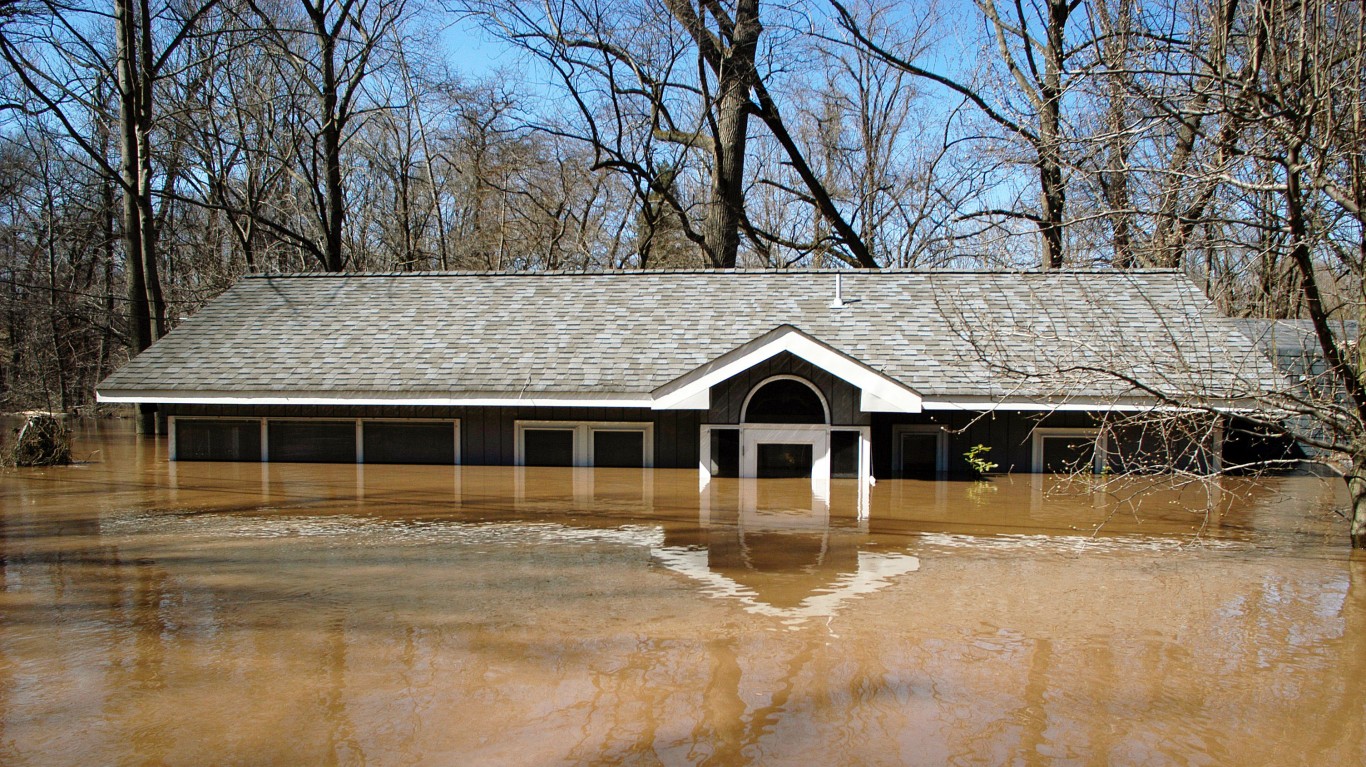
Emergencies are one of those situations that nobody wants to have but should know what to do in case they occur. What do you do when help can’t reach you right away in different kinds of unforeseen crisis situations? You go to your emergency kit.
Having an emergency kit full of supplies ready and on hand can help in many different kinds of situations. Disaster preparedness can be the difference, if not between life and death, certainly between a delayed and quick help/aid. Most times, emergency kits can simply provide comforts in difficult situations, from a blanket to keep warm to a charger to keep your phone working.
To compile a list of emergency items you should always have in your home, 24/7 Tempo reviewed information from a dozen online sources that focus on preparedness and help in emergency situations, including the American Red Cross and home insurance sites.
A main question that must be answered when building an emergency kit is what kinds of emergencies can affect you. The emergency kits needed for all of them have at least two items in common — enough water and perishable foods for a few days. Though beyond that kits can vary greatly, it’s a good idea to have certain items on hand because emergency situations are unpredictable and can last for days.
Unpredictable weather disasters can take many forms, from hurricanes, floods, and blizzards to tornadoes and raging wildfires. While some are more common in certain areas, they can strike anywhere. These are the best and worst prepared states for weather emergencies.
Click here to see the emergency items you need to have packed and ready to go
1. Extra batteries
An extra supply of batteries is a must. Batteries are essential during a disaster. Batteries are essential for powering flashlights and other smaller items during a disaster. But looking for them when the power is out can be challenging and time-consuming. So keep them in your in-case-of-an-emergency stash.
[in-text-ad]

2. Flashlight
Walking around in a completely dark house can be dangerous. Even if you know the house very well, you just can’t ever know if there is something on the floor you can slip on. Having a flashlight and/or battery-operated lanterns in your emergency stockpile makes sense.
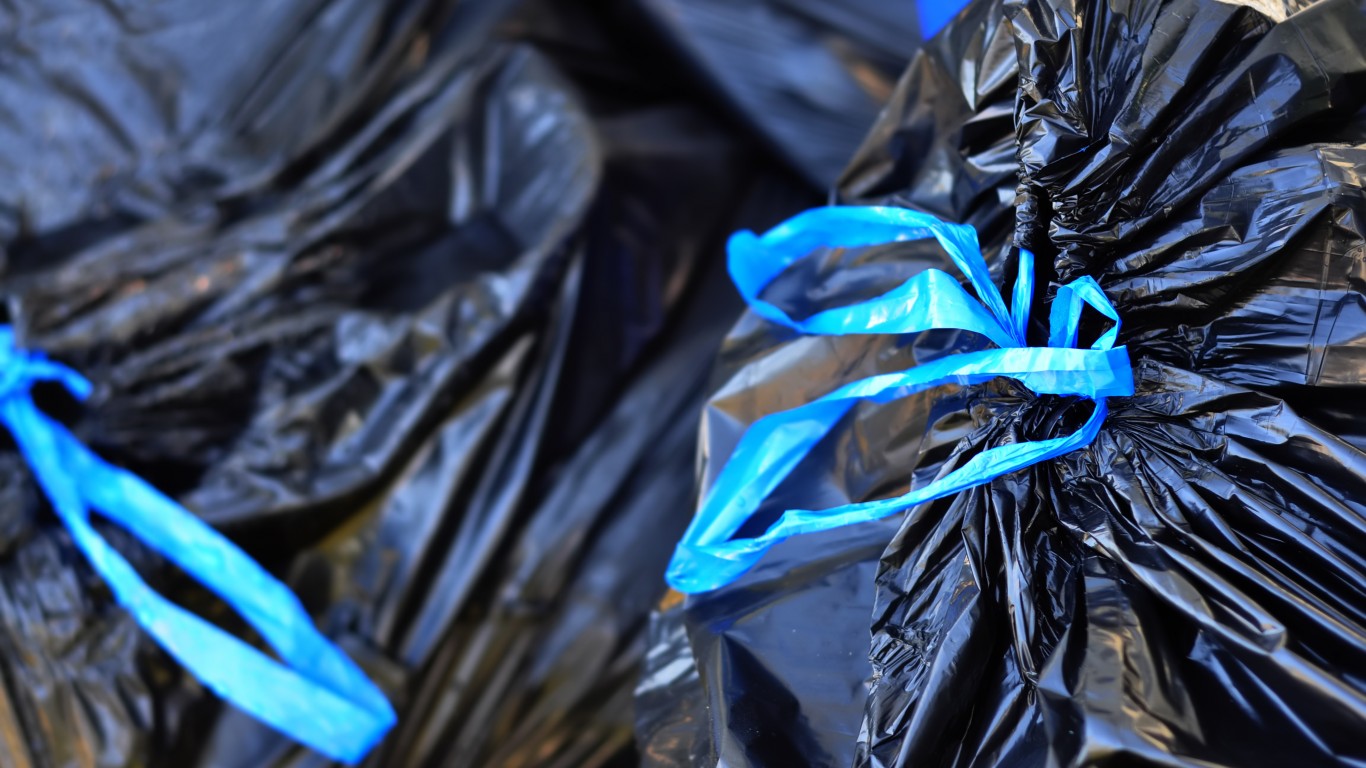
3. Garbage bags
A garbage bag can be incredibly useful during an emergency. In addition to being used to store waste (in case the toilets aren’t working) and regular garbage, trash bags can also be used as an insulator, sleeping bag cover, and a blanket to maintain body heat.
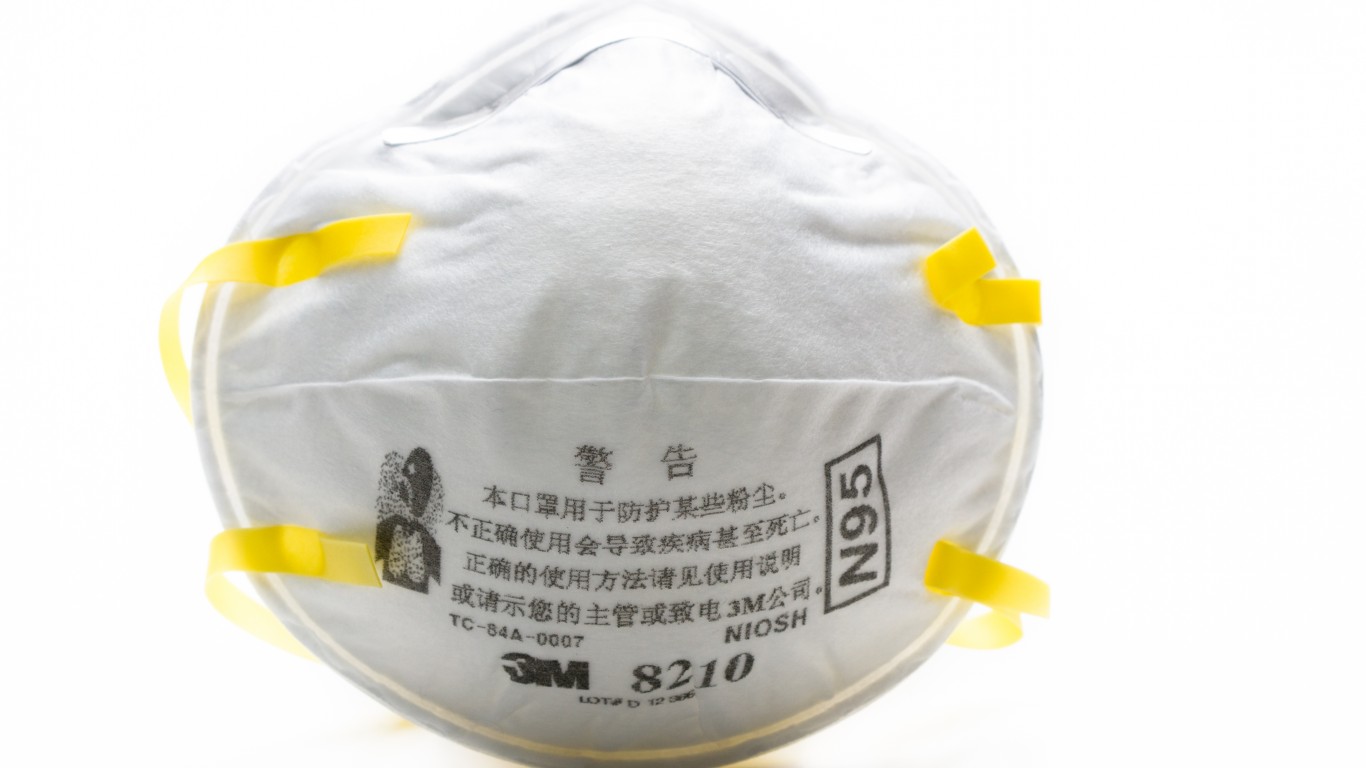
4. Dust mask
Due to the coronavirus pandemic, many people probably have by now an endless supply of cloth masks. Get several N95 particulate respirator dust masks to store in case of an emergency. They offer better protection from dust because they seal against the face, keeping even very small particles from the air you breathe in.
[in-text-ad-2]
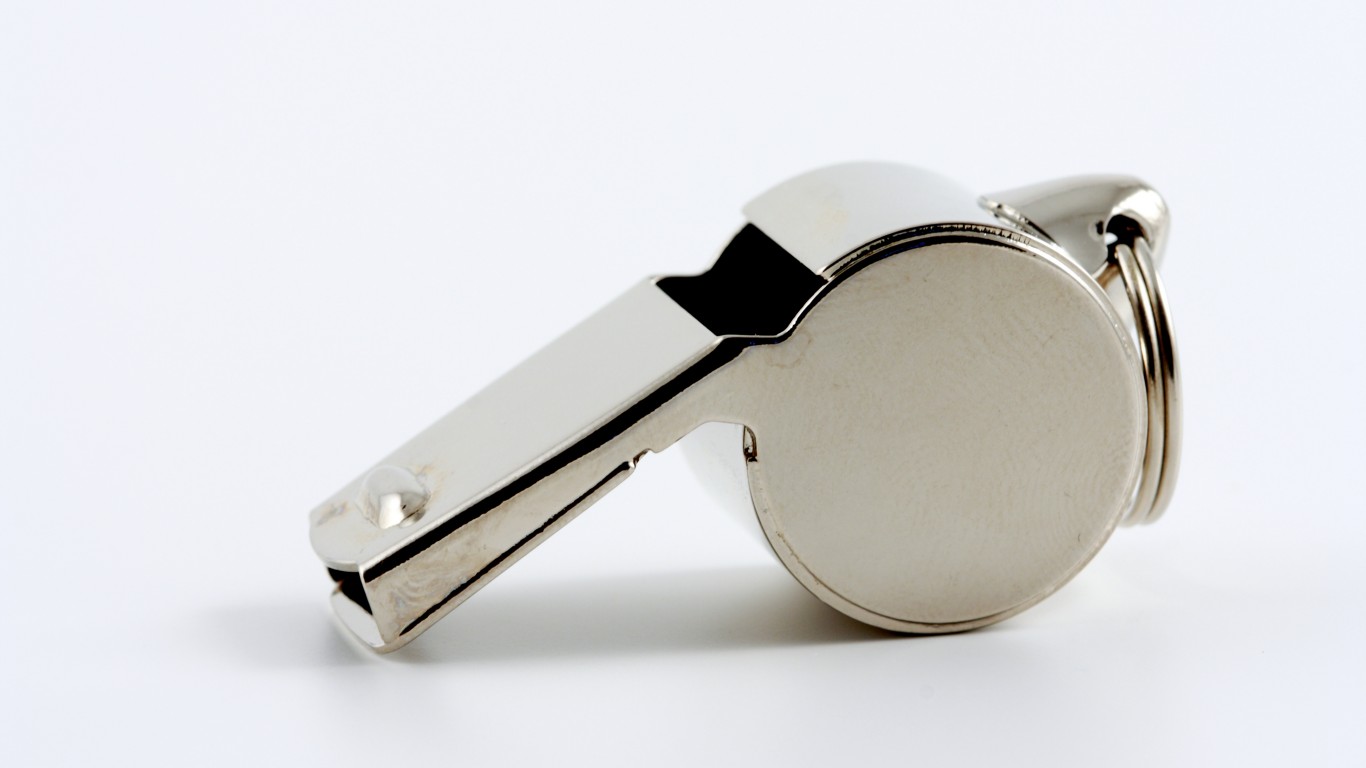
5. Whistle
A whistle can be very useful to keep on a keychain or anywhere that is readily accessible. It can be used to signal for help. Three blasts from a whistle is an internationally recognized distress signal.
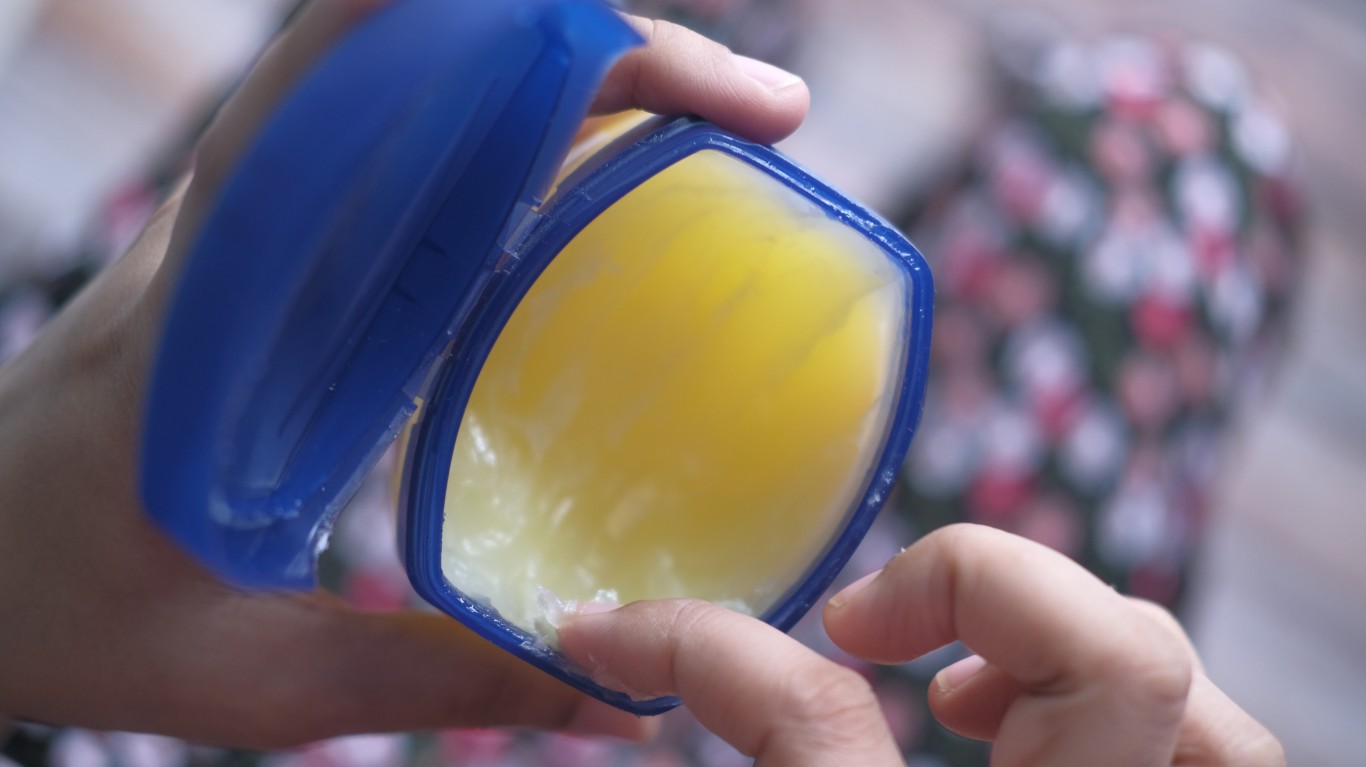
6. Petroleum jelly
Many people may simply know it as Vaseline, but that’s just a brand name for petroleum jelly. One of the most common uses of petroleum jelly is for skin care. The ointment is often applied to relieve very dry skin and to help skin wounds heal. In case of an emergency, however, petroleum jelly can be used to start a fire or for light as a candle. Don’t use it for burns, though. To deal with burns, immerse skin in cold water.
[in-text-ad]
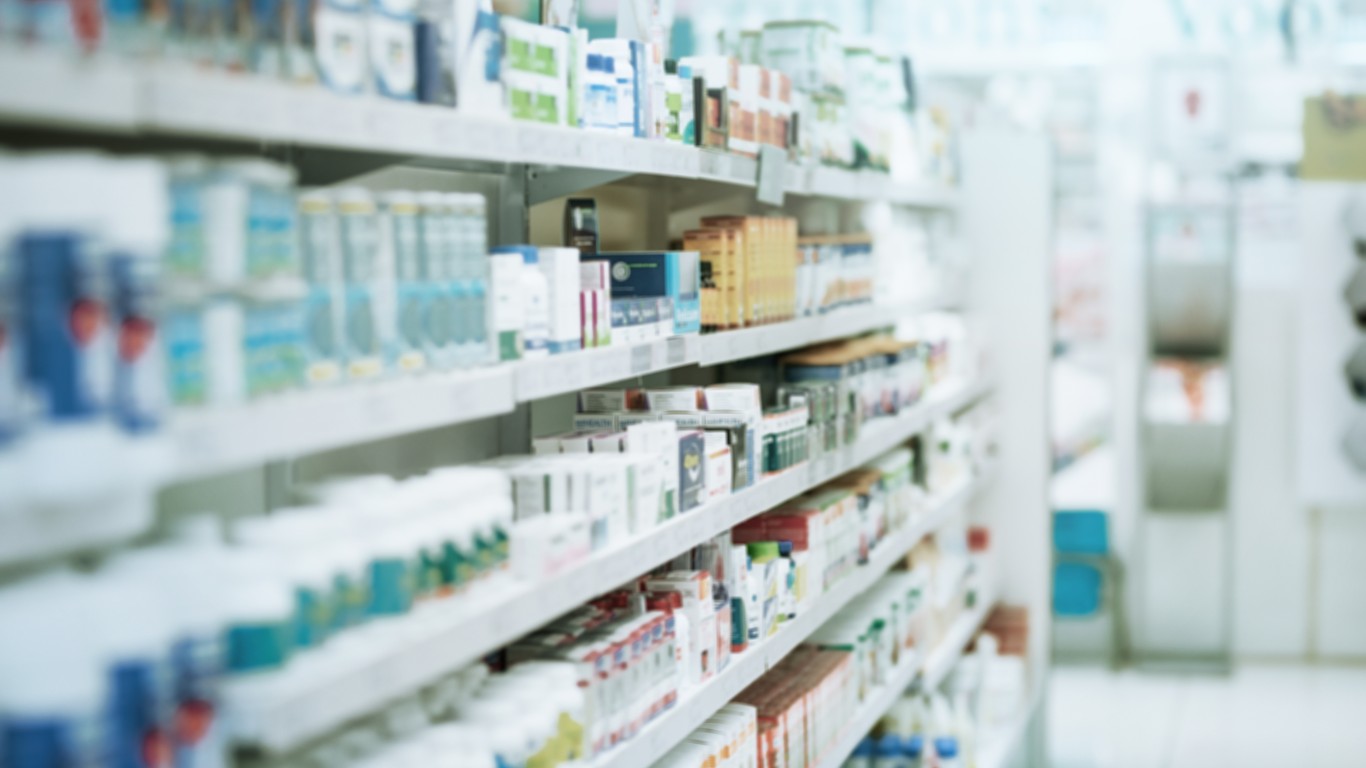
7. Medications
People who use prescription medication must absolutely have access to them in an emergency. It may be a good idea to talk to your doctor about getting an extra supply or if there are any over-the-counter medications you can use instead, if necessary. There are several OTC medicines that should be in the stash of first aid supplies, including acetaminophen, which is a pain reliever and fever reducer, and aspirin.
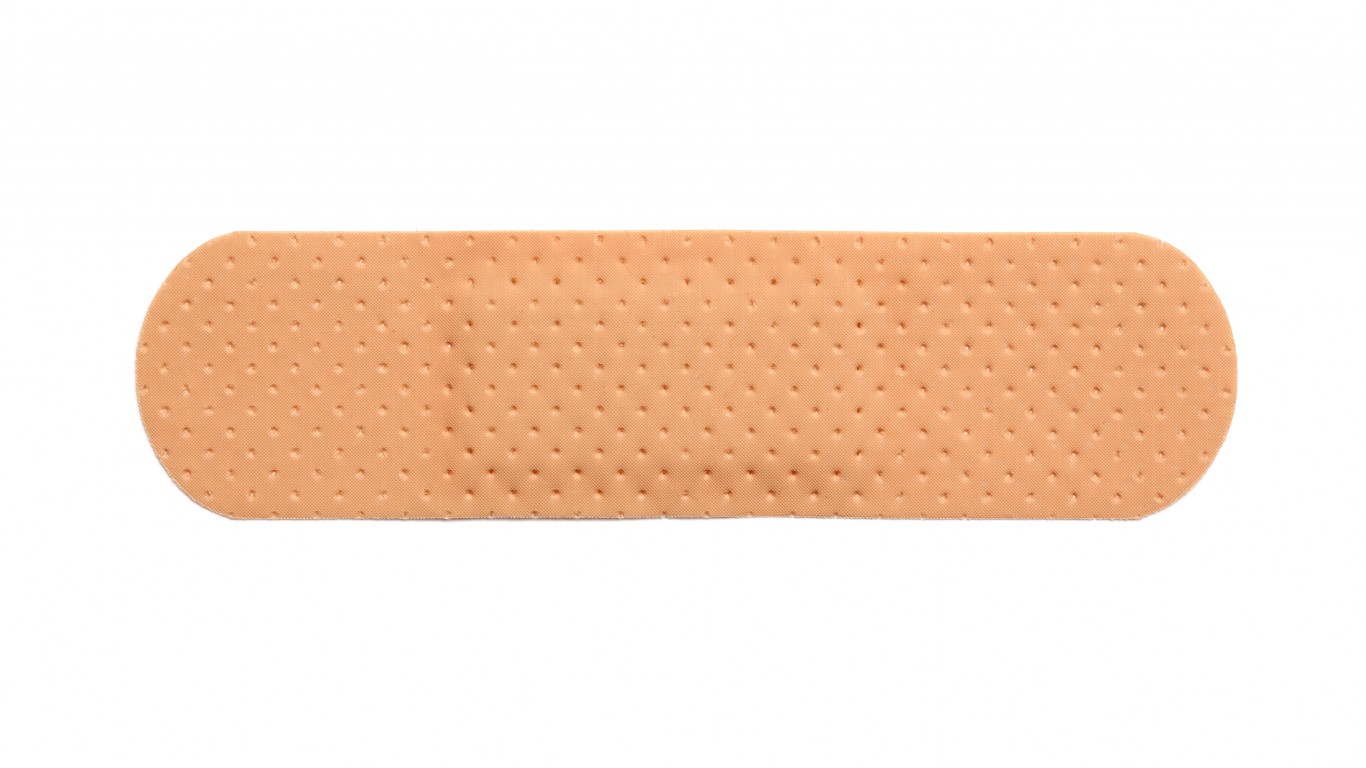
8. Adhesive bandages
It’s good to have bandages in a variety of sizes in case of an emergency. Stock up on plenty of gauze and sterile tape as well. Adhesive bandages in assorted sizes are often included in family first aid kits. You may also want to store a large triangular bandage, which can be used as a sling.
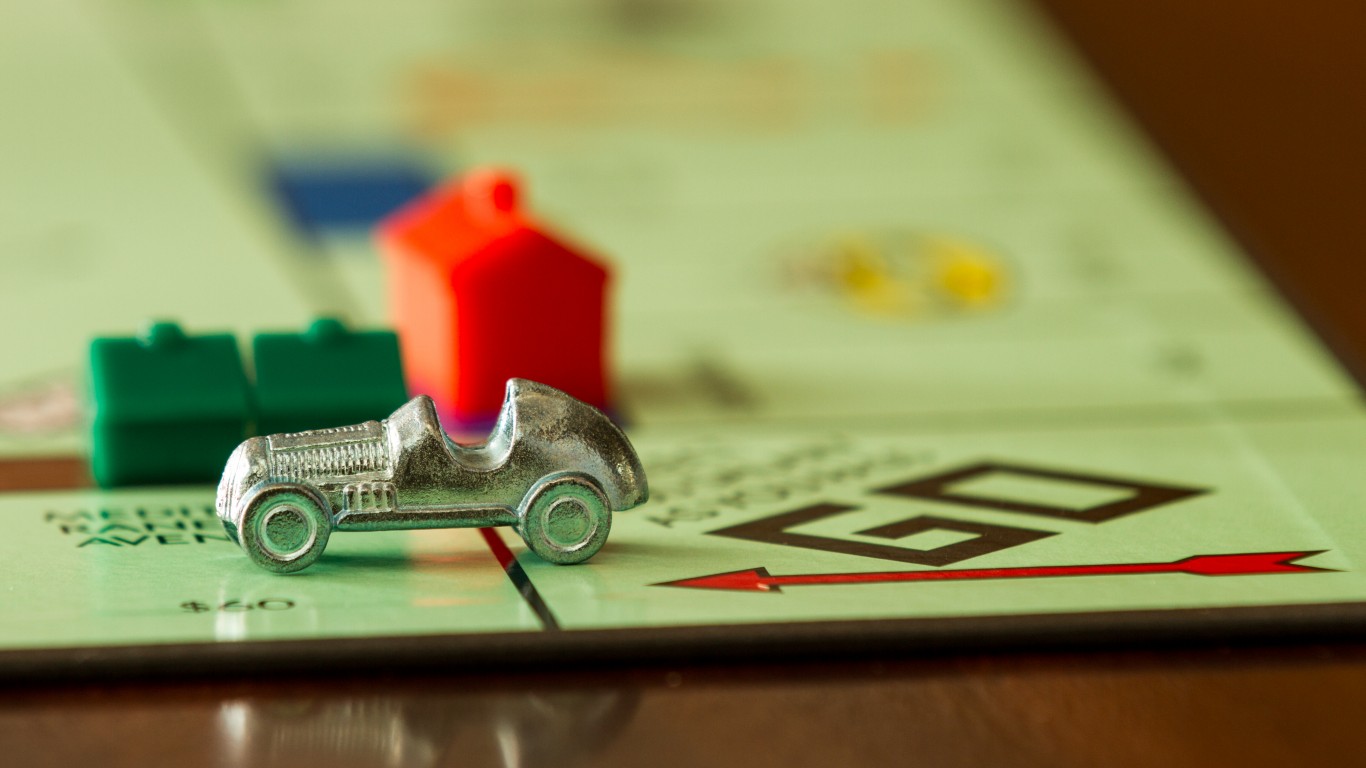
9. Paper, pens and other for-fun items
Though many Americans rely on their devices for note keeping these days, it’s good to have paper and pen in case you need to write down important information and your devices are dead. Paper and pen can also be used to play games and make time pass faster. You may want to stock up on a few items that can be used for fun games like board games and cards.
[in-text-ad-2]

10. Matches or a lighter
Store lighter and waterproof matches (in case either fails). They can easily start a fire if you need to keep warm. Choose waterproof matches because they light up in rain, wind, and even heavy snow. They are often included in first aid kits for hikers, campers, and hunters.

11. Bleach
In an emergency, bleach is a disinfecting supply. Bleach can be especially helpful after a natural disaster because it can be used to remove mold and kill harmful bacteria. Also, bleach can be used to make water potable if boiling it is not an option. According to the Centers for Disease Control and Prevention, you can make purifying water safer for drinking with bleach is generally done by adding eight drops of unscented bleach to a gallon of water.
[in-text-ad]

12. Cash
You can’t always trust technology during an emergency. Depending on the disaster, power may be out, credit cards may not work, and ATM machines may be out of order. Keep extra cash for at least three days in your disaster stockpile.
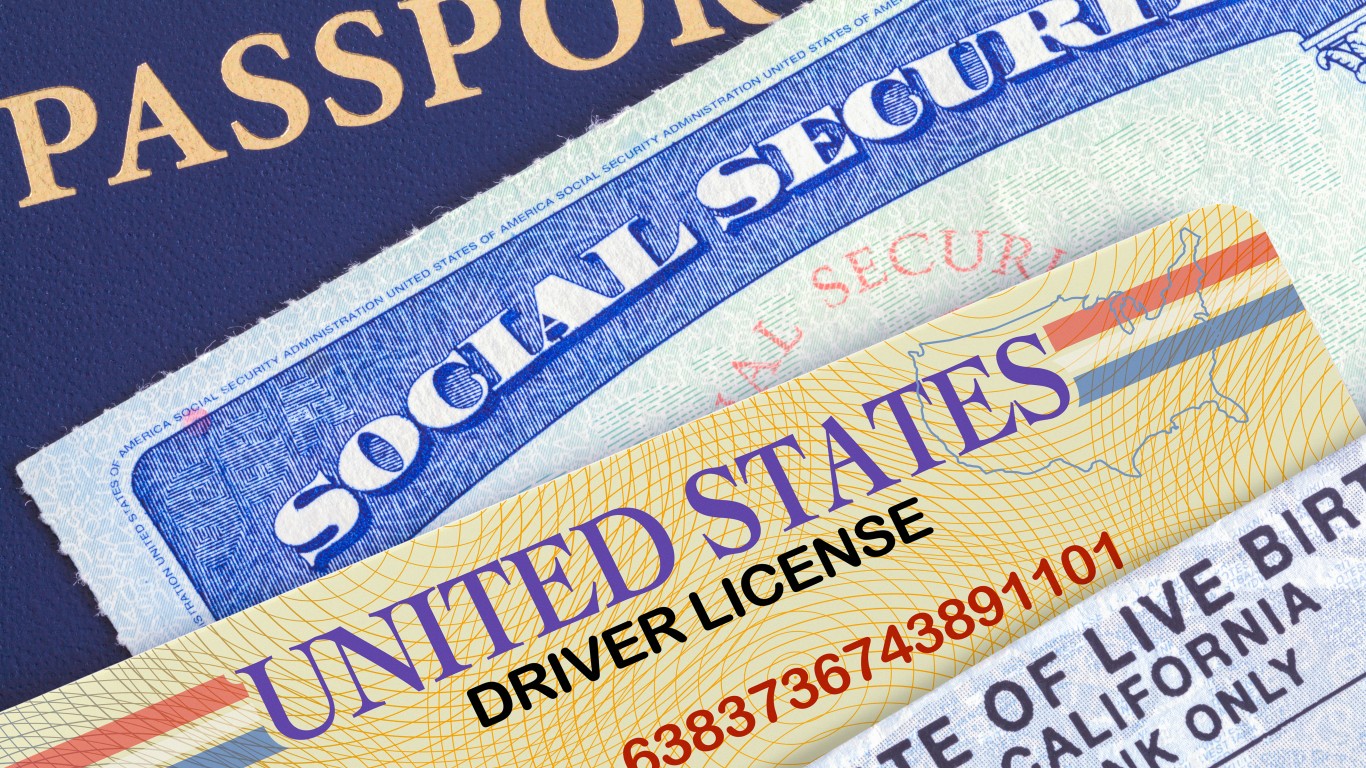
13. IDs and other documents
Copies of passport, ID cards, birth and marriage certificates, insurance policies — such important legal documents are good to have in case of an emergency. Keep them in a waterproof, portable container.

14. Gloves
Chances are that during an emergency situation you’ll need to do most everything by hand. In that case you should have good protective gloves to keep from getting splinters or blisters. Also keep a few pairs of disposable gloves in case you need to attend to wounds or protect your skin from toxic substances. Depending on the season, you may also want to store an extra pair of warm winter gloves.
[in-text-ad-2]
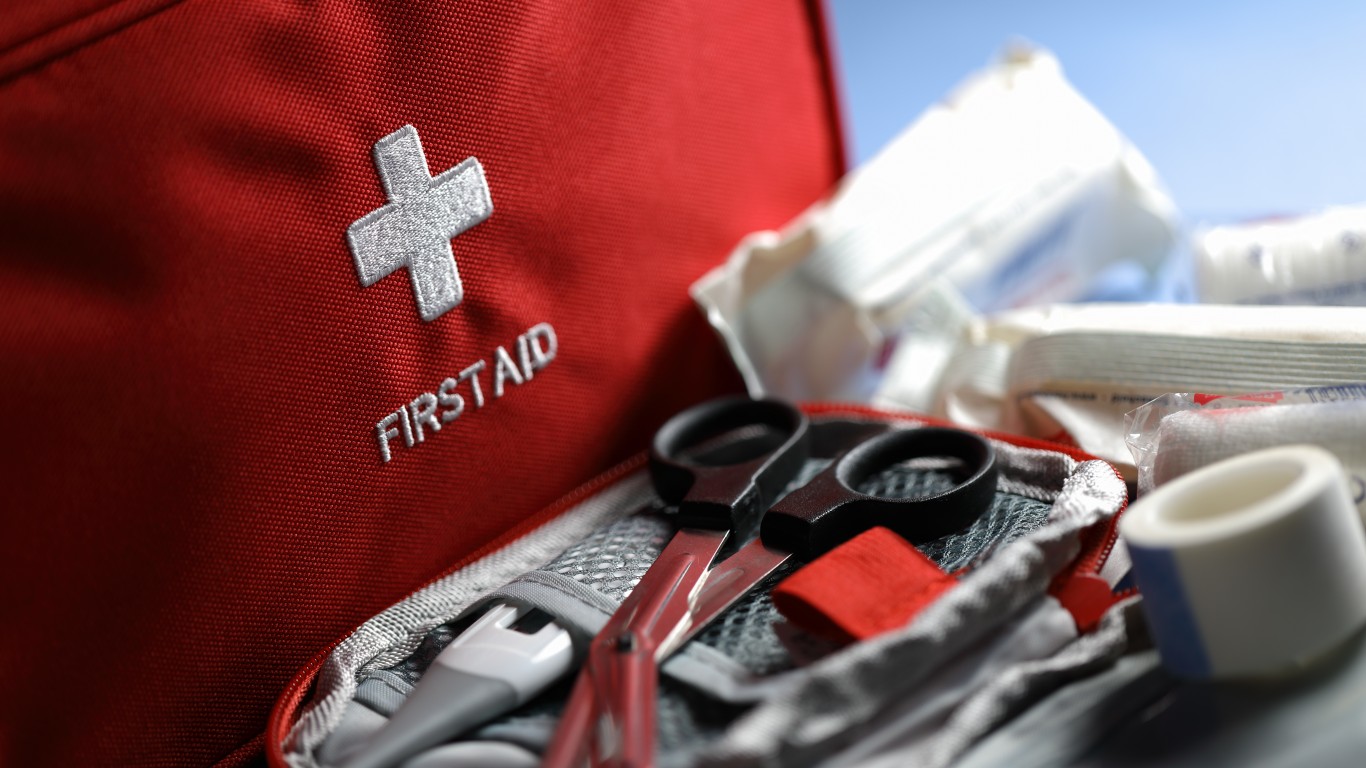
15. First aid kit
You can build your own first aid kit or you can buy one. There are many different kinds of kits on the market. A basic emergency supply kit usually comes with gloves, CPR mask, gauze, medical tape, bandages, cleaning wipes, antibiotic cream, and Tylenol (acetaminophen).
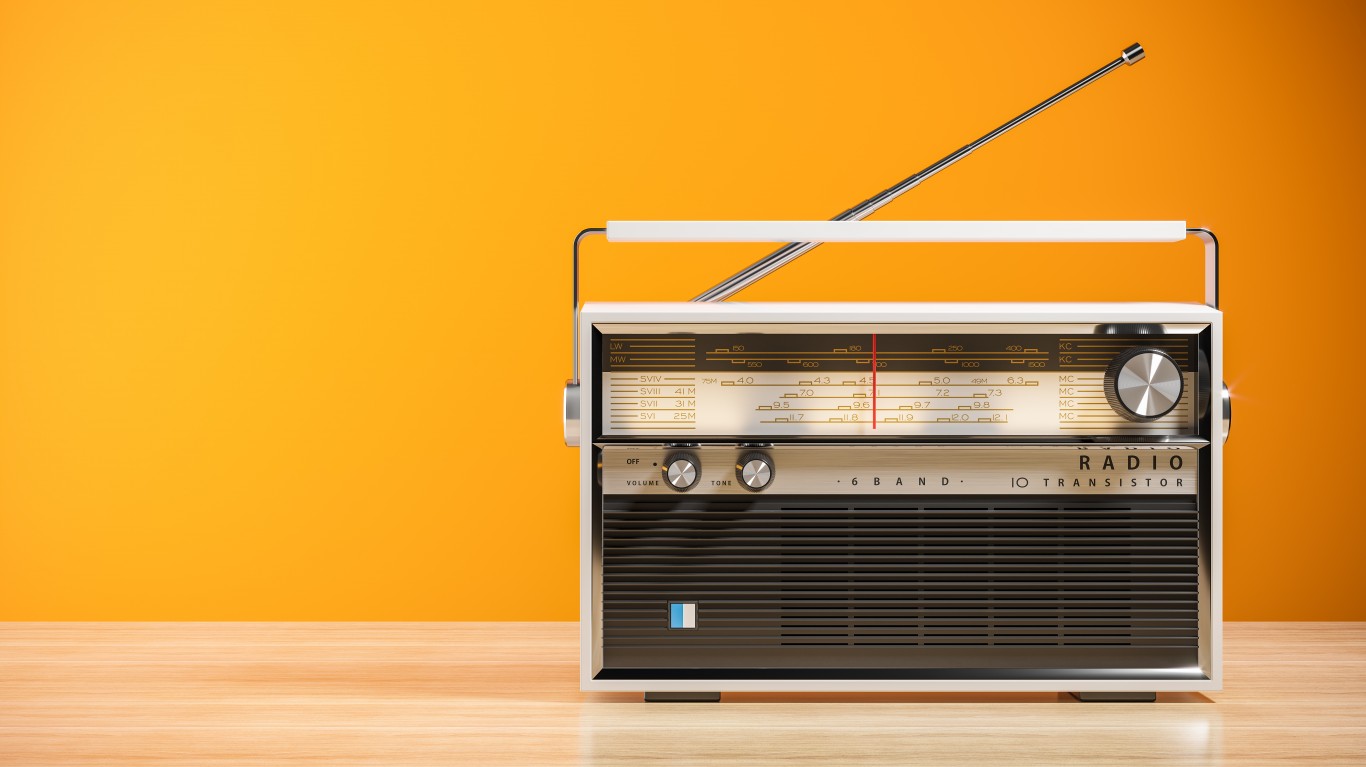
16. Cordless radio
Sometimes phones and other communication devices don’t work. Maybe the battery died, or maybe there is no service. A hand-cracked or a battery-operated radio won’t have that problem. They often work as a National Oceanic and Atmospheric Administration weather radio and automatically scan for weather alerts. There are countless options on affordable two-way radios that work in a range of more than 30 miles.
[in-text-ad]

17. Backpack
It may be a good idea to keep all of the items you need to have in handy in case of an emergency in an easy-to-carry bag such as a duffle bag or a backpack. You can either make your own or buy an emergency kit duffle bag. They are designed for the purpose of storing first aid and emergency kits.
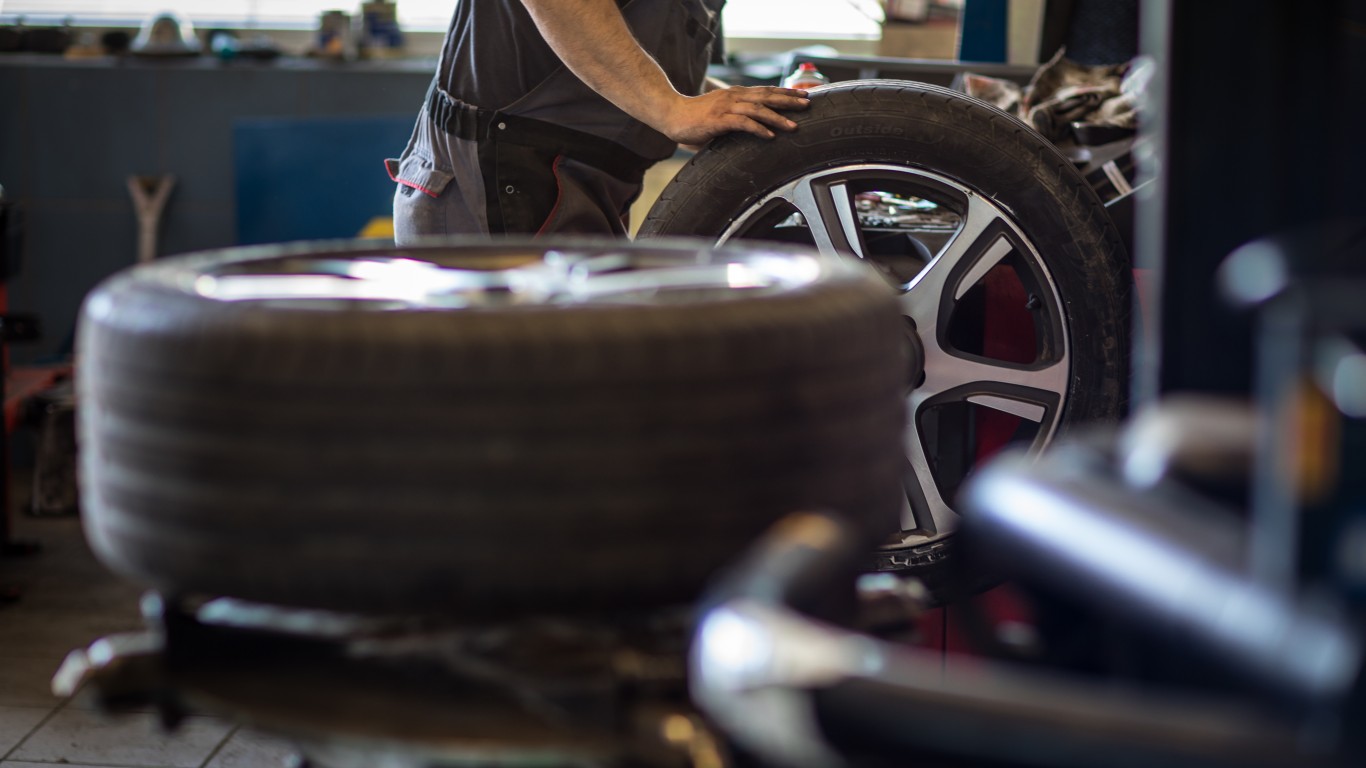
18. Spare tire
New cars used to come with a spare tire in the trunk. Though they are no longer included, you still need one — along with tire iron and a jack — in your vehicle. You never know when you may have a flat.
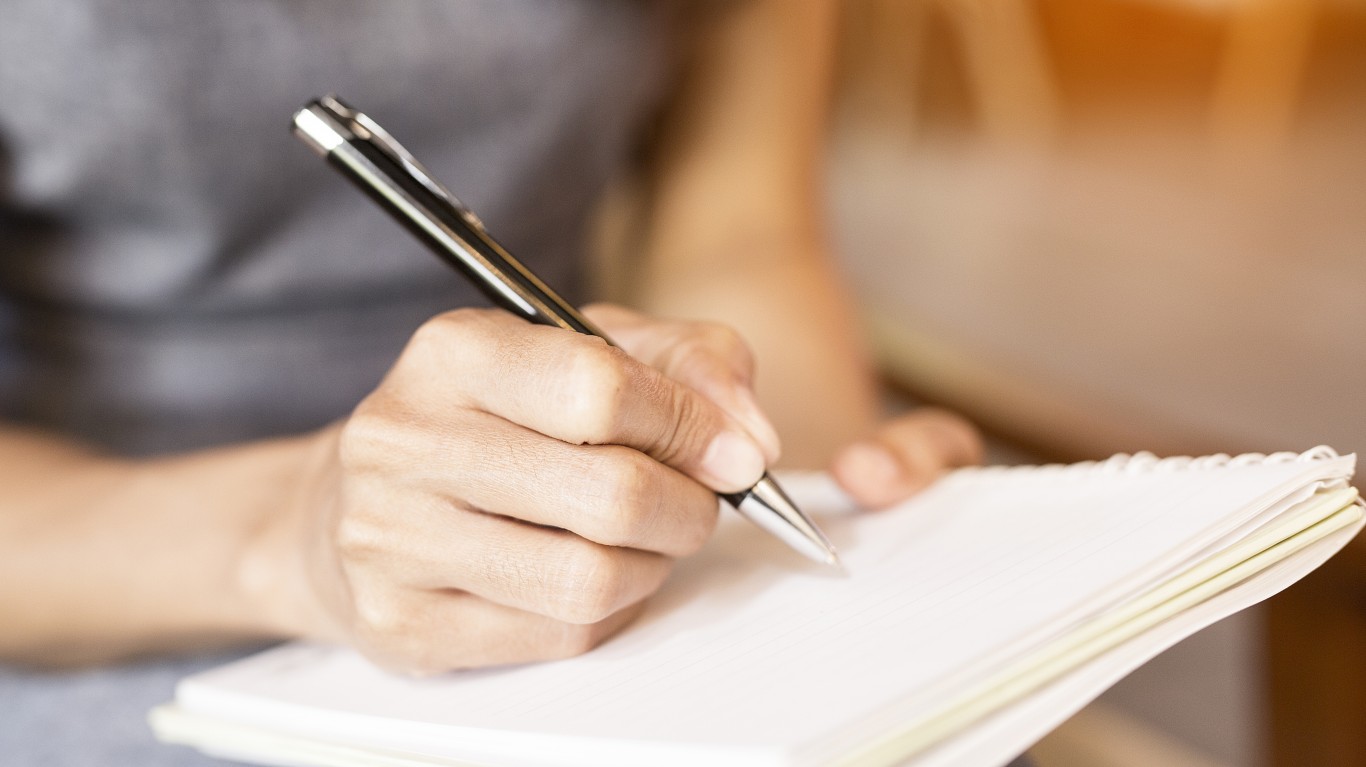
19. List of emergency contacts
An emergency isn’t something most people are used to dealing with, so it’s better to be prepared. Write down important information that you’ll need to remember, just in case. This may include important addresses and emergency contacts.
[in-text-ad-2]
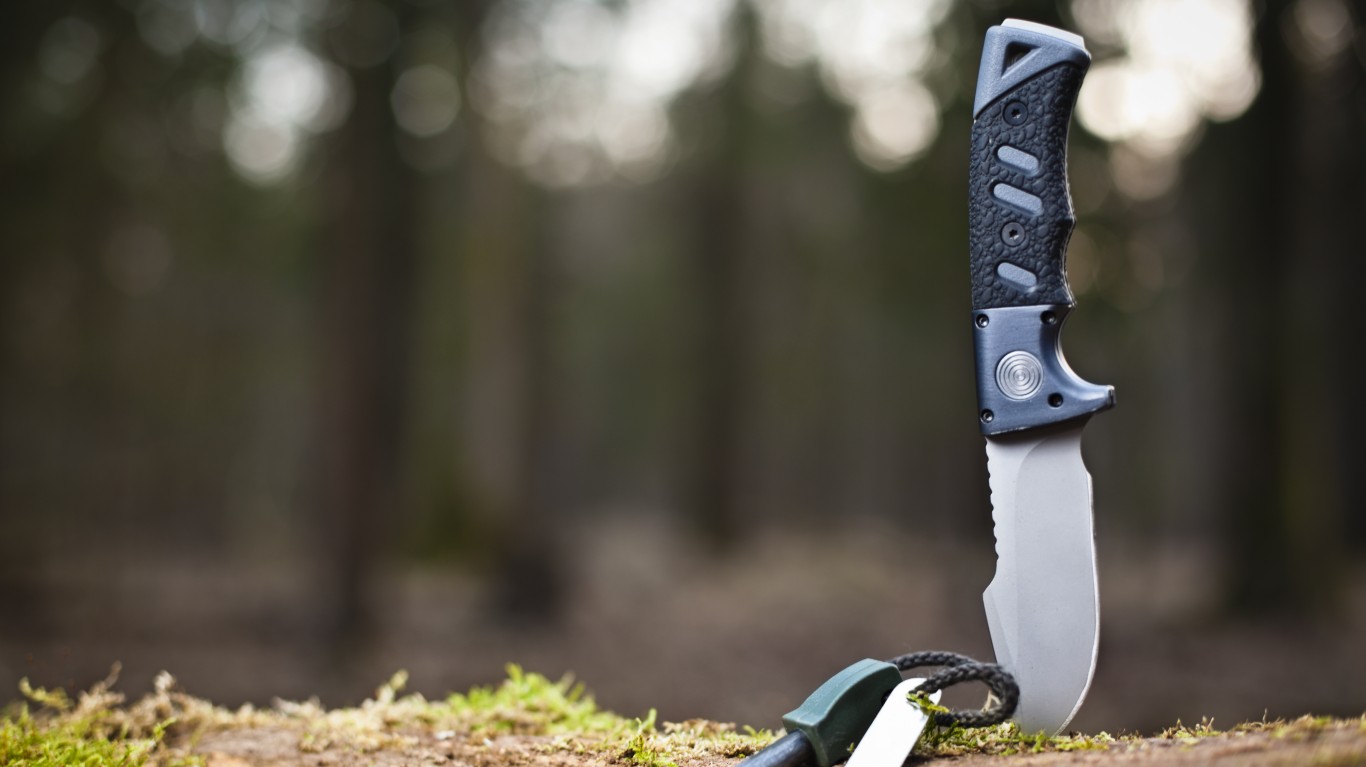
20. Survival knife
A survival knife, an army knife, a Swiss army knife, a multifunction knife — no matter what you call it, this tool has one purpose — to help you in an emergency. Such knives can be used for building shelter, wood carving, clearing a walking path, creating fire, opening cans, etc. A survival knife can also be used as a distress signaling device to reflect sunlight with it.
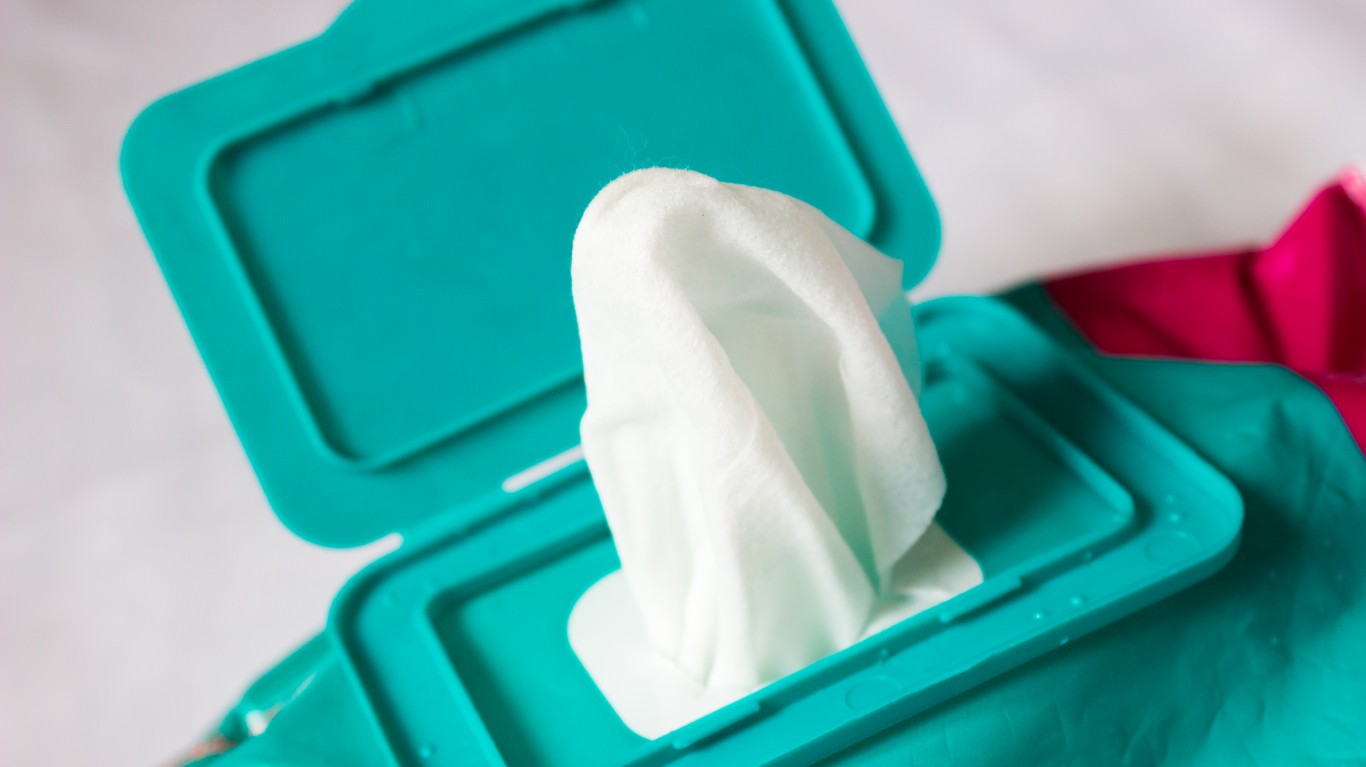
21. Wet wipes
Any emergency kit — whether built for a car or home emergency — should contain moist towelettes. They are basically pre-moistened pieces of paper, mainly used for cleaning. Their main benefit is convenience as they take very little space, and using them is much quicker than the alternative of dispensing liquid soap and using cloth or paper towels.
[in-text-ad]
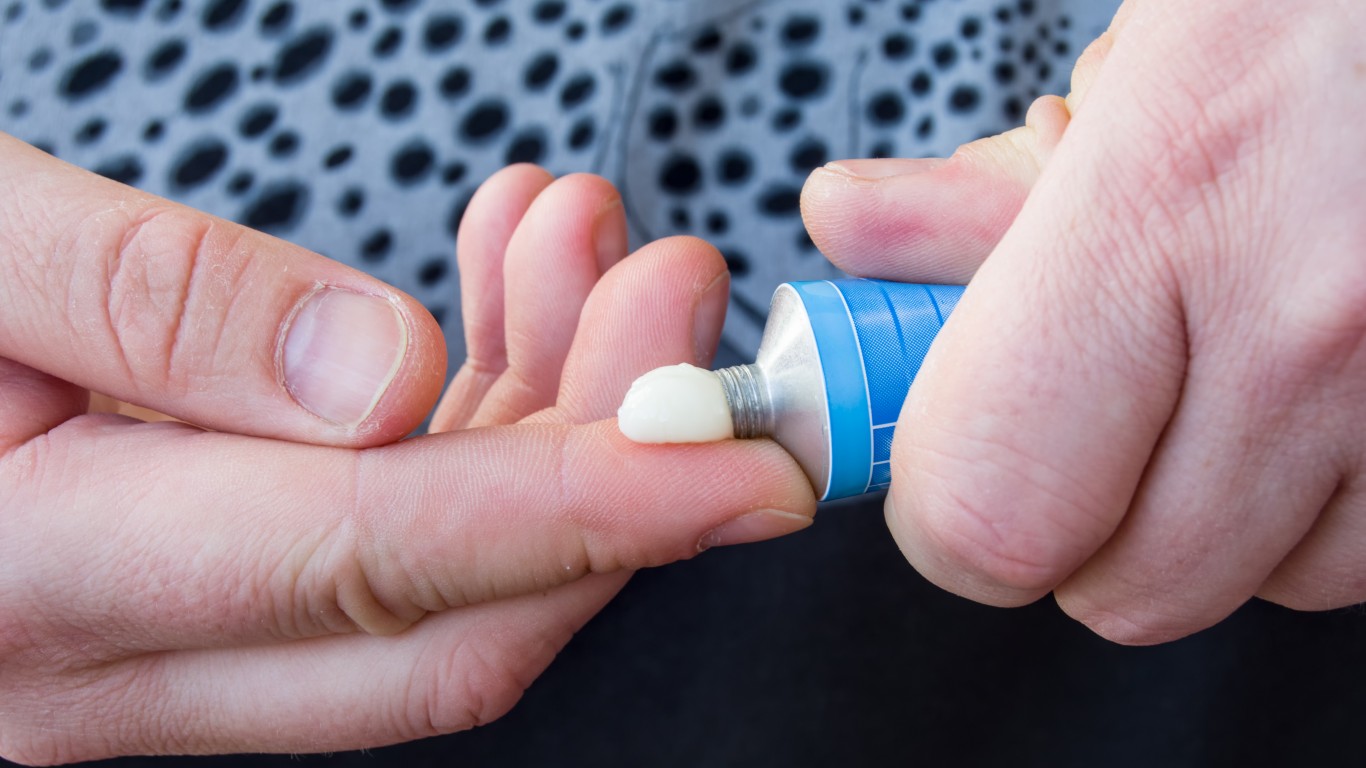
22. Antibiotic ointment
An antibiotic ointment is applied to cuts and scrapes after they are washed with water and soap. The Red Cross recommends having at least five antibiotic ointment packets and five antiseptic wipe packets in an emergency kit.

23. Eye wash solution
Eye wash solutions are used to rinse or flush irritants and other small particles from the eyes. If there is an emergency, you need to be able to see clearly and not feel uncomfortable or in pain.

24. Weather-resistant blankets
Weather-resistant emergency blankets are designed to keep you warm by trapping body heat. These waterproof and windproof blankets are usually made out of impermeable plastic known as Mylar. A NASA invention, the blankets work by reflecting up to 90% of the heat back towards the source.
[in-text-ad-2]
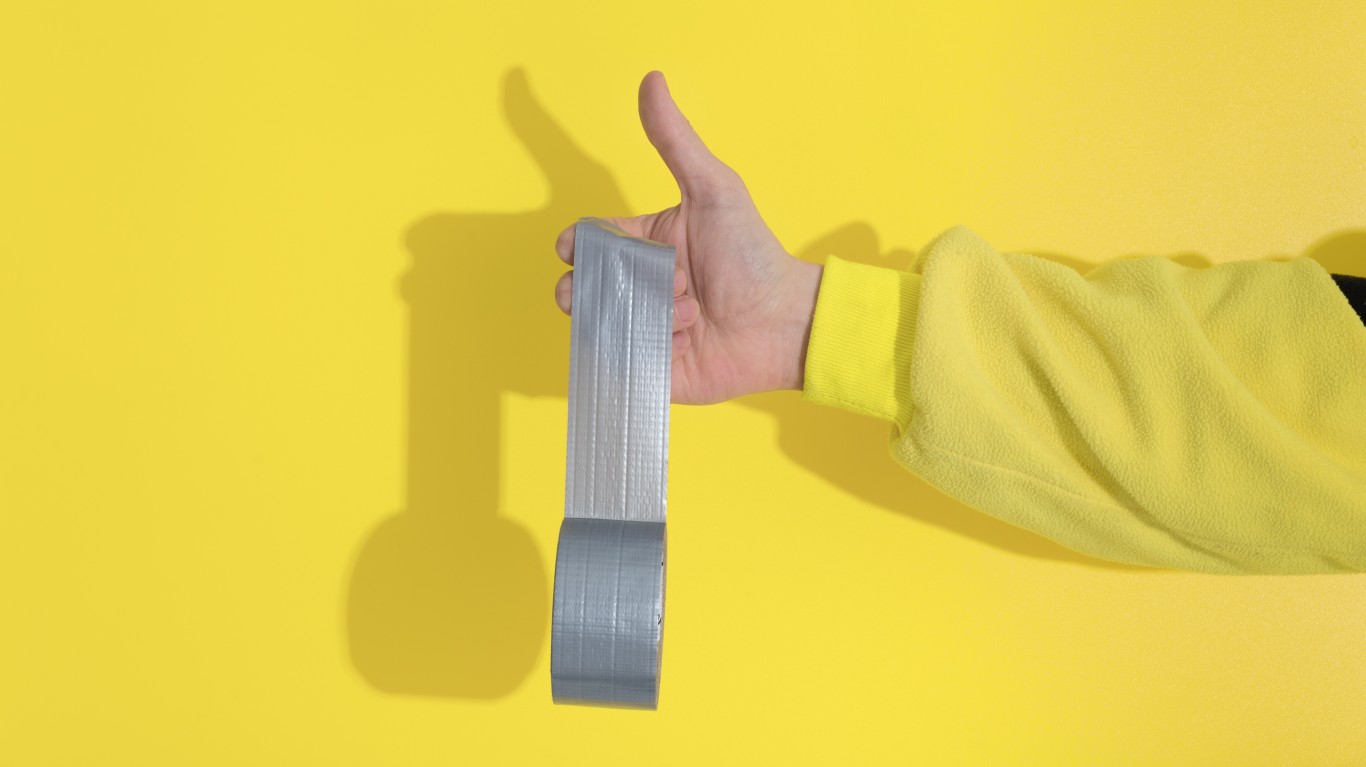
25. Heavy-duty duct tape
While you may not be able to actually build a house with heavy-duty duct tape, as the joke goes, the strong, waterproof, polyethylene-coated tape can be very useful in emergency situations. It can make a rope, patch holes in sleeping bags or tents, reseal packaged food, create a shelter (if you have some trash bags), and serve as a bandage in an emergency situation.
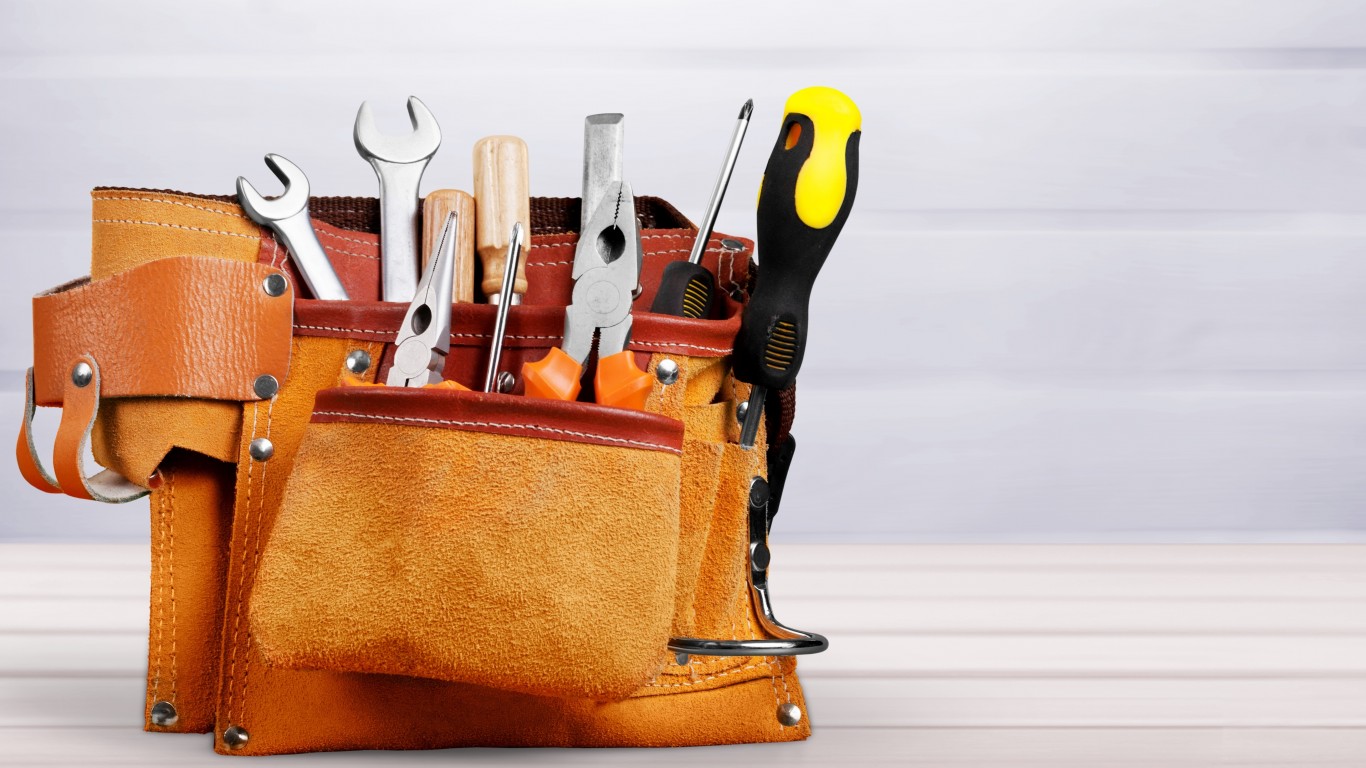
26. Wrench, pliers and other tools
A wrench and pliers are important hand tools that you might want to consider including in your basic emergency kit. Pliers can be especially helpful during power outages as they can be used to fix damaged wires in the house. If you need to shut off water mains or other utilities, you’ll need a wrench.
[in-text-ad]

27. Paper map
GPS navigation can be accessed quickly and easily as long as your smartphone or other portable devices are working or have service. These two conditions may not be met during an emergency, which is why you need a paper map. Paper maps don’t need a wifi signal or to be charged. Paper maps have a few non-emergency advantages as well. They allow you to see the bigger area around you, which makes it easier to plan a route.
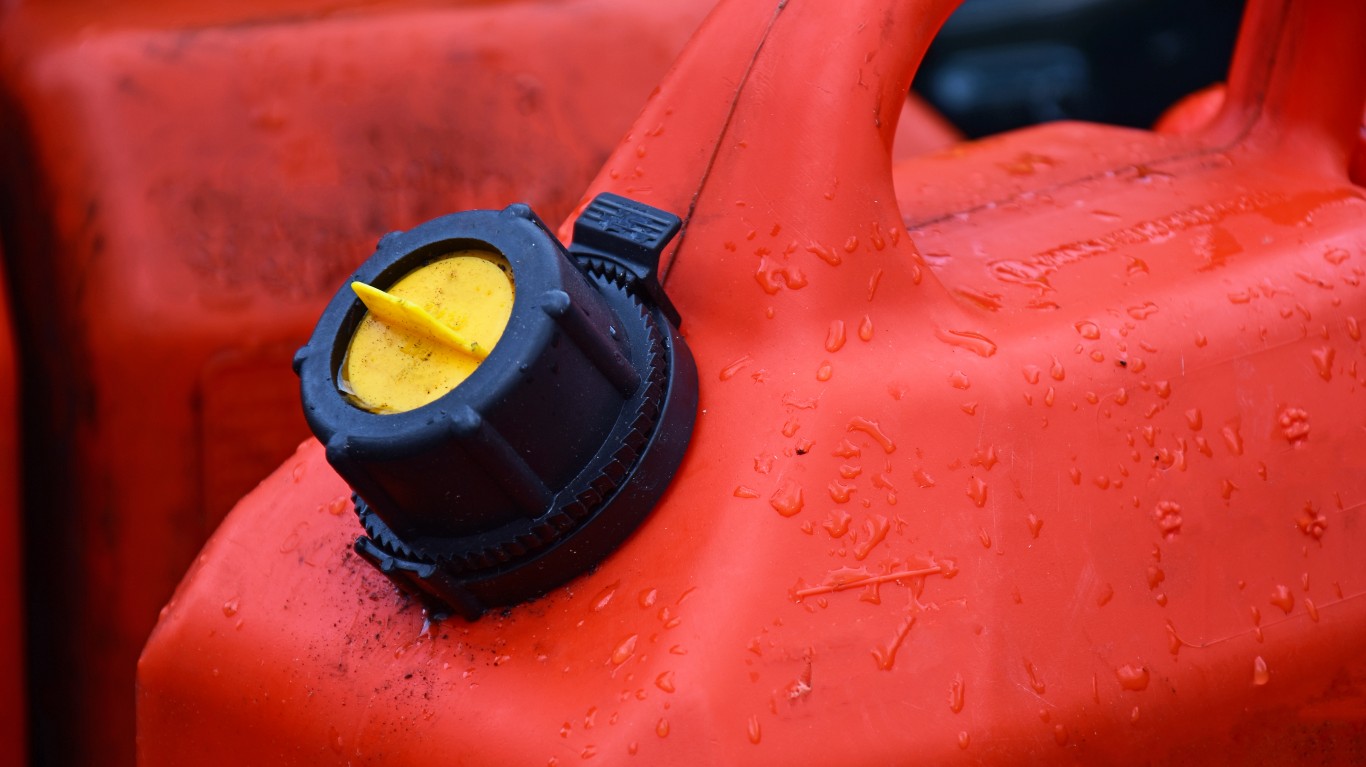
28. Gas
The likelihood of having no electricity during an emergency or a natural disaster is very high. That means gas pumps won’t be working. If you always keep at least a half tank of gas in your car, you at least have the option of leaving the affected area. Also, you’ll need to have some gasoline in a canister if you have a gas-powered generator.

29. A change of clothes and shoes
Any emergency situation can get messy or extended. Consider the weather in your area and store an extra set of clothes, including socks, underwear, and shoes you may need. Don’t forget to store some diapers, if needed.
[in-text-ad-2]
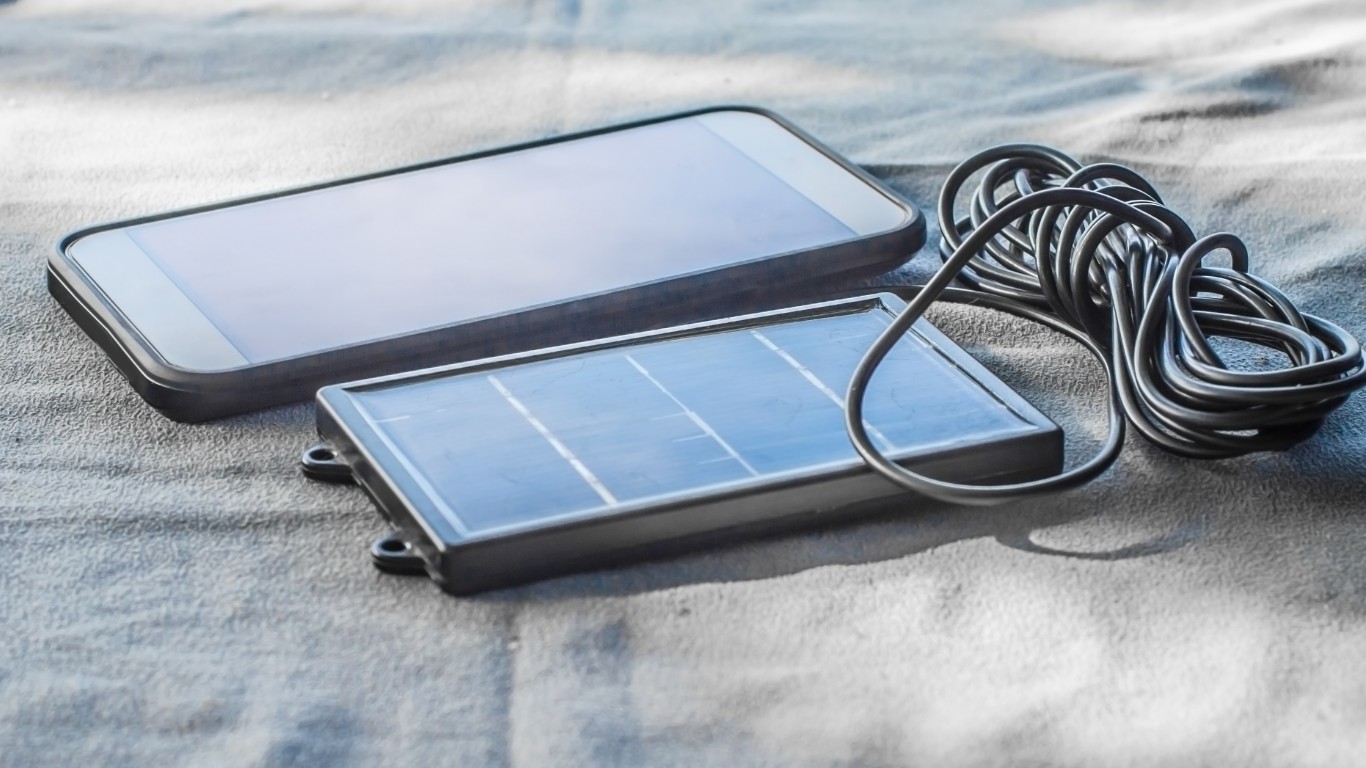
30. Outlet-free chargers
Cellphones are essential for communication with family and emergency contacts. Having a battery-powered or a solar phone charger will ensure you’ll have access to a charged phone even when the power is out.
100 Million Americans Are Missing This Crucial Retirement Tool
The thought of burdening your family with a financial disaster is most Americans’ nightmare. However, recent studies show that over 100 million Americans still don’t have proper life insurance in the event they pass away.
Life insurance can bring peace of mind – ensuring your loved ones are safeguarded against unforeseen expenses and debts. With premiums often lower than expected and a variety of plans tailored to different life stages and health conditions, securing a policy is more accessible than ever.
A quick, no-obligation quote can provide valuable insight into what’s available and what might best suit your family’s needs. Life insurance is a simple step you can take today to help secure peace of mind for your loved ones tomorrow.
Click here to learn how to get a quote in just a few minutes.
Thank you for reading! Have some feedback for us?
Contact the 24/7 Wall St. editorial team.
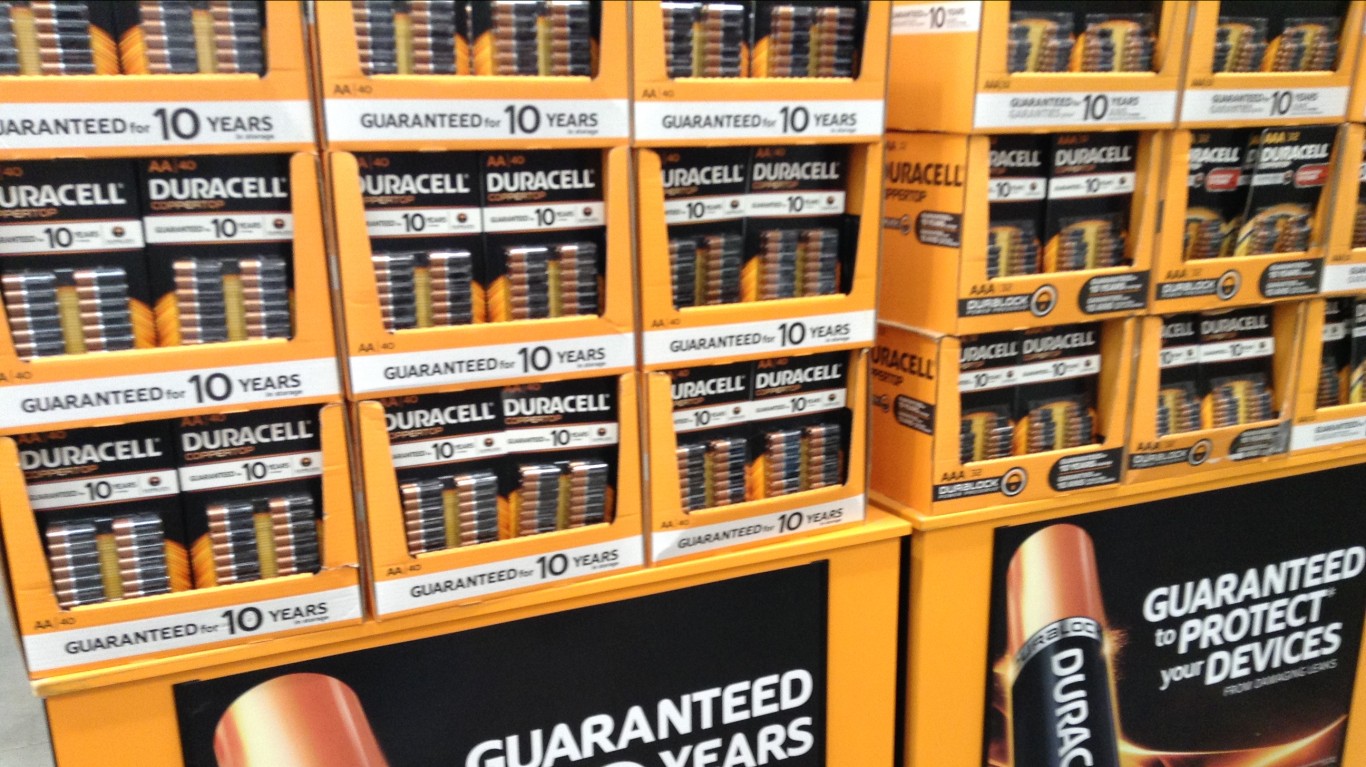
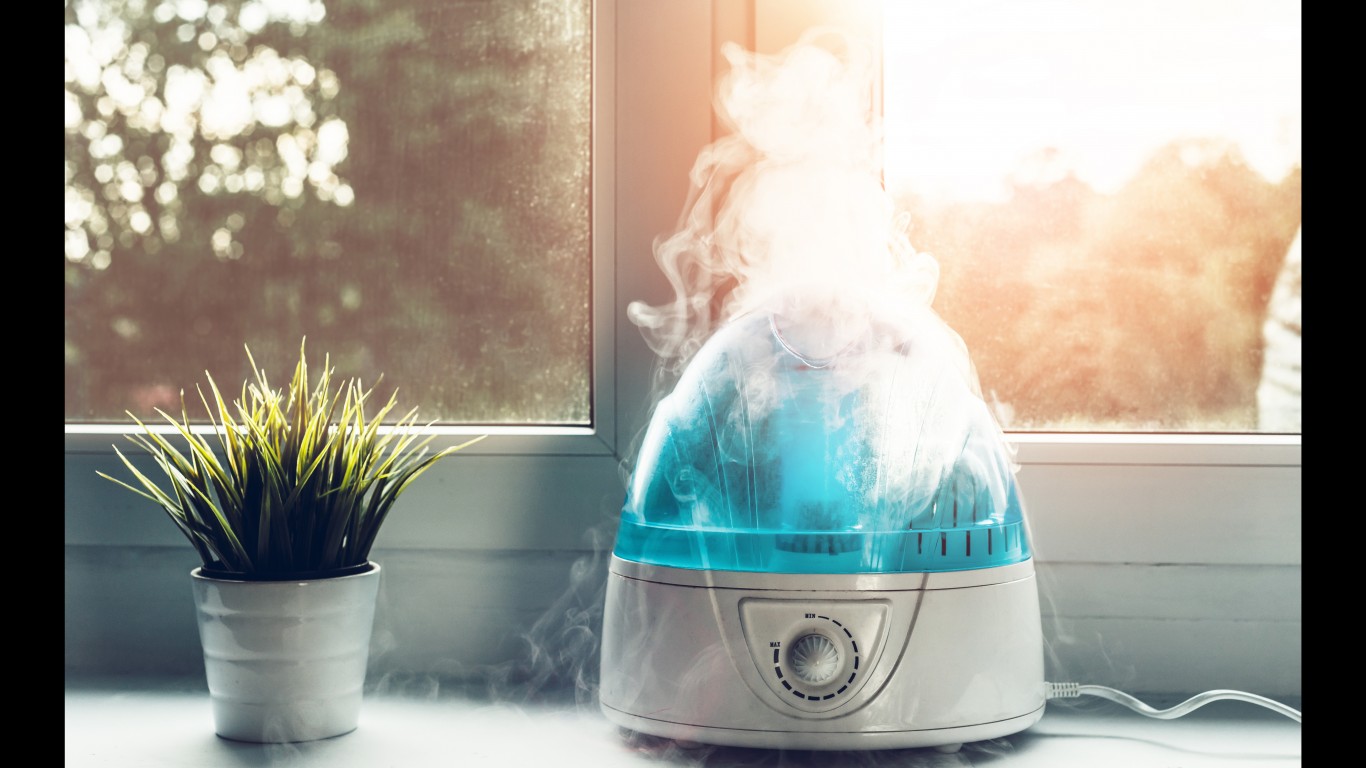 24/7 Wall St.
24/7 Wall St.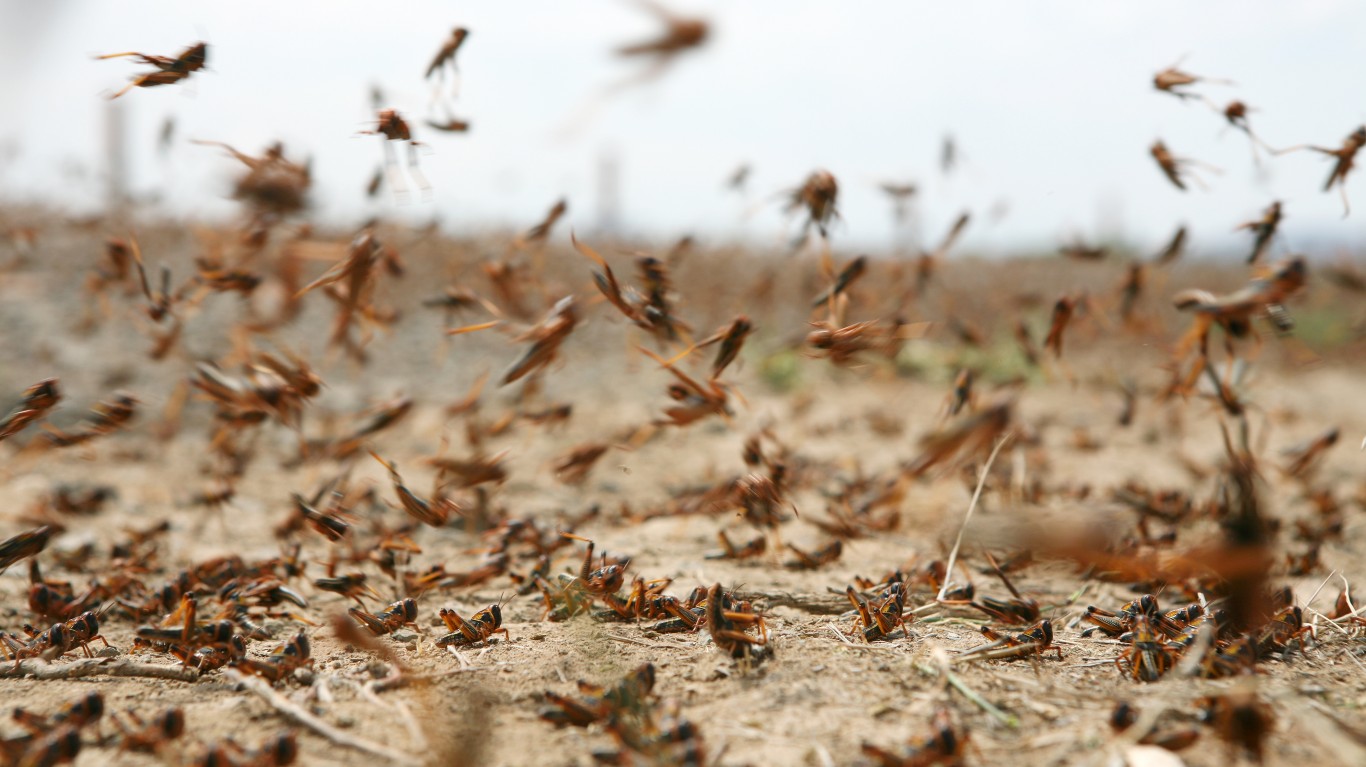 24/7 Wall St.
24/7 Wall St.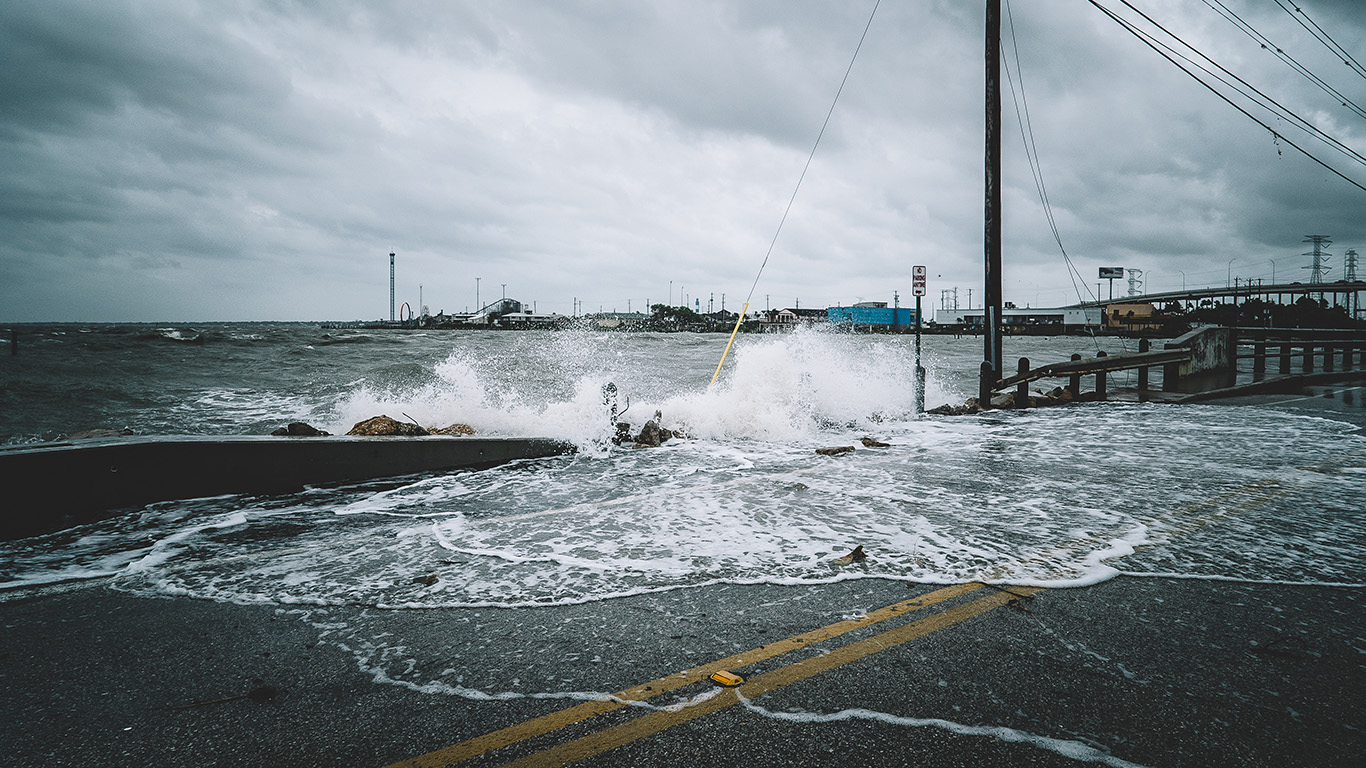 24/7 Wall St.
24/7 Wall St.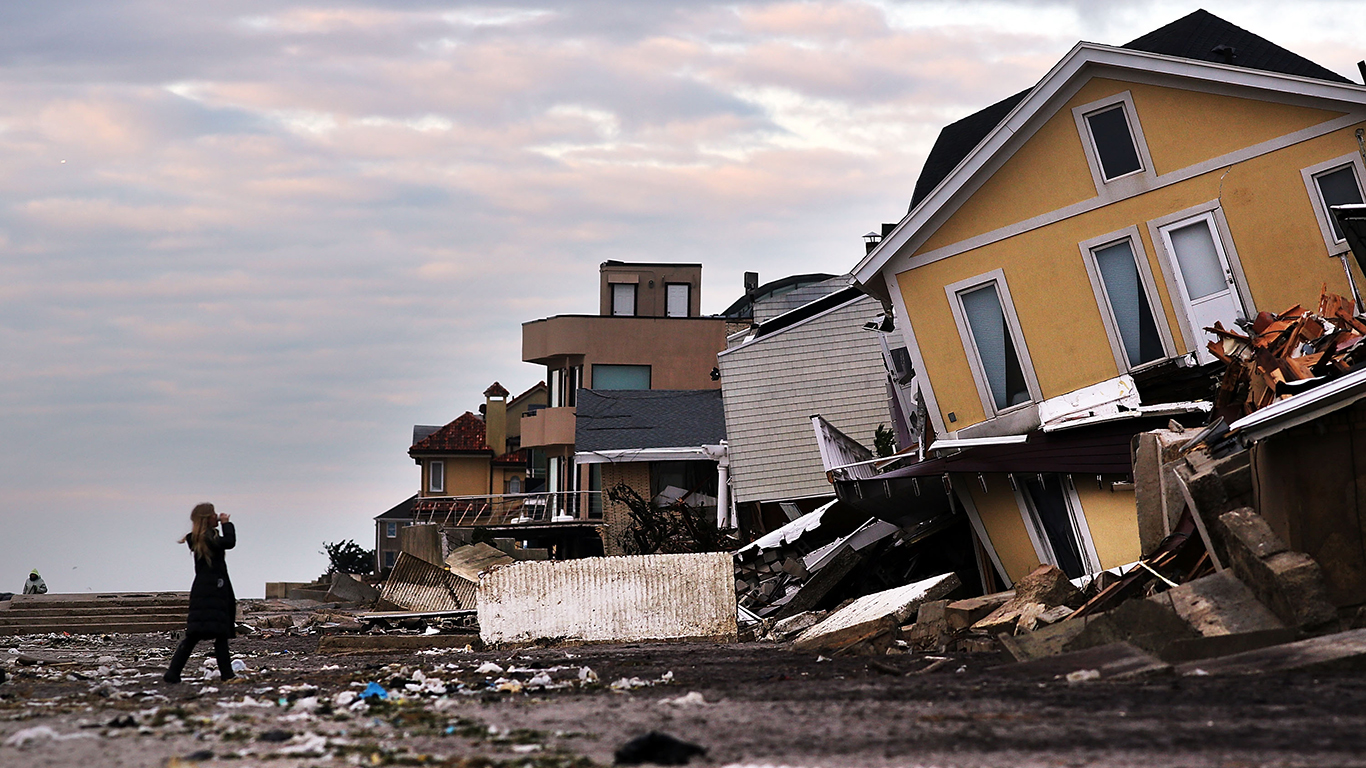 24/7 Wall St.
24/7 Wall St.